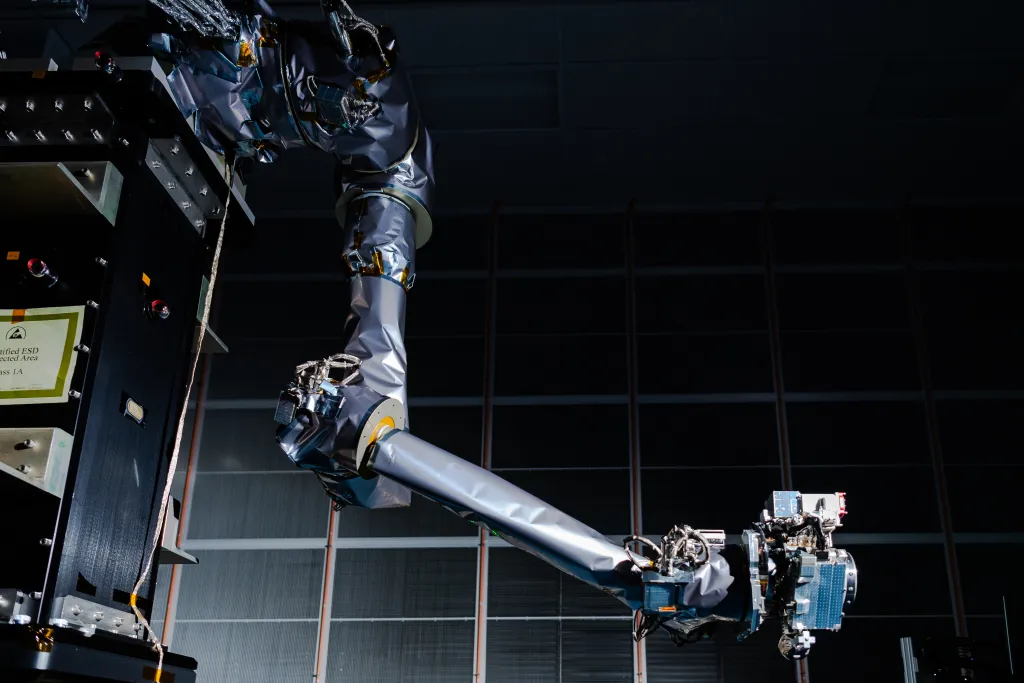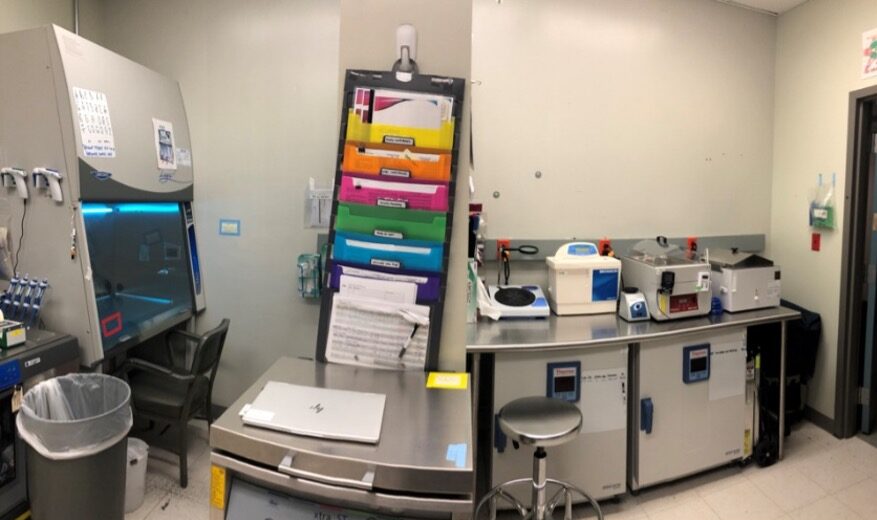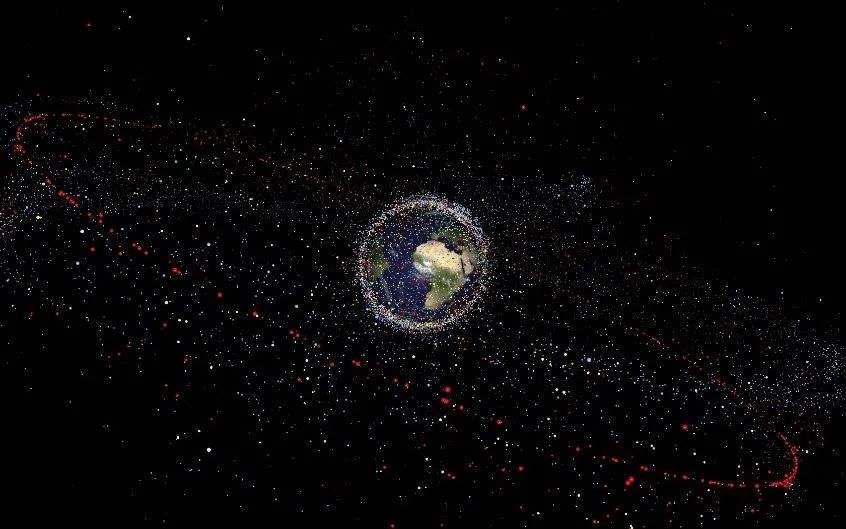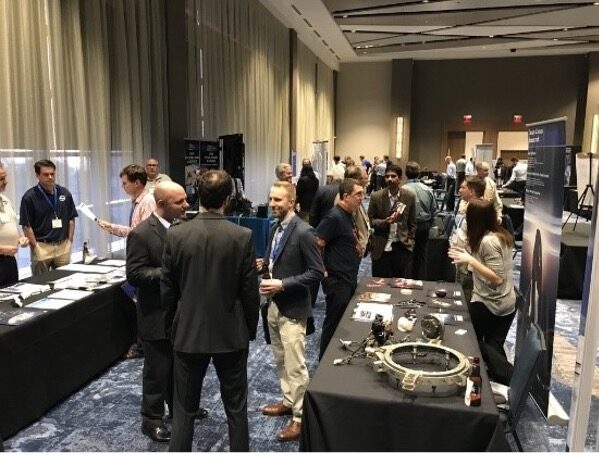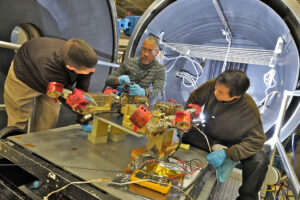
Doing Business with ETD
Helping NASA Missions Facilitate Collaborative
Opportunities with Domestic and International Partners
Innovative Success Through Collaborative Partnerships
In support of NASA missions, ETD partners with industry, academia and nonprofits, U.S. government agencies, State and Local Governments, Research Institutions, and international entities. ETD’s external partnerships are a key component of the Agency’s operating model. These partnerships establish reciprocal access to facilities, labs and personnel expertise to cultivate a dynamic environment for collaborative Space Engineering and technology development. Learn more here.
ETD Partnership Opportunities
ETD expertise spans a broad spectrum of capabilities and facilities in aerospace and space technology to support and collaborate with a variety of external customers. Below are a few partnership opportunities. For more capability listings visit ETD Capabilities and Facilities.

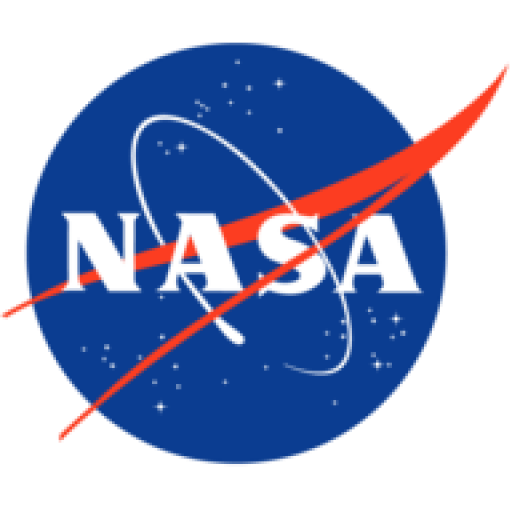
Strategic Partnerships Office
NASA’s Goddard Space Flight CenterFAQs
What is a NASA “Partnership”?
NASA uses the term “Partnership” to describe a wide variety of relationships with various external entities (e.g., contractors, academia, the public, other stakeholders). For the purpose of there FAQ’s a “partnership” is a distinct type of non-procurement business relationship that does not involve the acquisition of goods and services for the direct benefit of the Agency.
Why does NASA engage in Partnerships?
Partnerships help the Agency accomplish its mission objectives in several ways, including:
- Facilitating collaborative opportunities with domestic and international partners
- Helping NASA resolve gaps in technical capabilities that are important to meeting our mission objectives
- Supporting U.S. economic innovation and industrial competitiveness
- Serving as a tool for meeting NASA’s mandate under the Space Act of encouraging the “fullest commercial use of space”
- Helping to maintain essential NASA expertise and facilities
- Advancing NASA’s STEM education and outreach goals
What is the difference between Partnership Agreements and Procurement Contracts?
Partnership agreements are generally used to: (1) support the needs of the external partner where the partner reimburses government expenses (reimbursable partnership) or (2) achieve a mutual goal when working collaboratively on a no-exchange-of-funds basis (nonreimbursable partnership).
Procurement contracts, which are subject to the Federal Acquisition Regulations (FAR) and procurement statutes, are required when the principal purpose of the transaction is to acquire property or services for the direct benefit or use of the Federal Government.
Both procurements and partnerships are important tools used by NASA in meeting its missions.
What is a Space Act Agreement (SAA)?
The most common legal instrument used to formulate partnerships at NASA is called the Space Act Agreement (SAA). NASA is authorized by Congress to enter into these kinds of agreement per its “Other Transactions Authority (OTA)” under the National Aeronautics and Space Act (51 U.S.C. § 20113(e)). These agreements are similar to Cooperative Research and Development Agreements (CRADAs) that some other Federal agencies use when partnering with industry. SAAs can be nonreimbursable, reimbursable, funded, or unfunded.
Non-reimbursable agreements are agreements in which the partner and NASA are involved in a mutually beneficial activity that furthers the Agency’s objectives, wherein each party bears the cost of its participation on a no-exchange-of-funds basis.
Reimbursable agreements are agreements that primarily benefit the partner and NASA’s costs associated with the activity are reimbursed by the agreement partner in accordance with Agency financial policy. NASA undertakes reimbursable agreements when it has goods, services, facilities, or equipment not reasonably available from the U.S. commercial sector, that can be made available to others on a noninterference basis, consistent with the Agency’s mission objectives.
Funded agreements are agreements in which NASA transfers appropriated funds to a domestic partner to accomplish an Agency objective where there is no direct benefit to NASA. Funded agreements may be used when the Agency cannot accomplish its objectives through the use of a procurement contract, grant, or cooperative agreement, and only after full and open competition.
Unfunded agreements are agreements in which the Agency provides goods, services, facilities, or equipment on a no-exchange-of-funds basis to a domestic partner to accomplish an Agency objective where there is no direct benefit to NASA. NASA will enter into Unfunded agreements only after full and open competition.
With whom does NASA partner?
NASA partners with a wide variety of entities, including:
- U.S. Industry (large and small)
- Other Federal agencies
- Research institutions
- Public outreach organizations (e.g., museums)
- State and local governments
- Colleges and universities
- Foreign entities (businesses, academia, research institutions, governments)
- Professional associations and non-profits
How do I partner with NASA/GSFC/ETD?
There are multiple ways to initiate a partnership with NASA—
Other inquiries: Inquiries, questions, or request for information can be sent to the applicable NASA partnerships points of contact listed here:
Contact ETD Partnership Team
Partnering Resources
Partner with ETD
ETD enjoys responsive, mutually beneficial relationships with organizations in a broad range of scientific and technological fields. Briefing the ETD team on your capabilities will help them understand who you are, what you do and what products you offer that would be of mutual benefit. If you have a complementary area of technology or research to support Goddard’s missions and ETD’s core capabilities.

